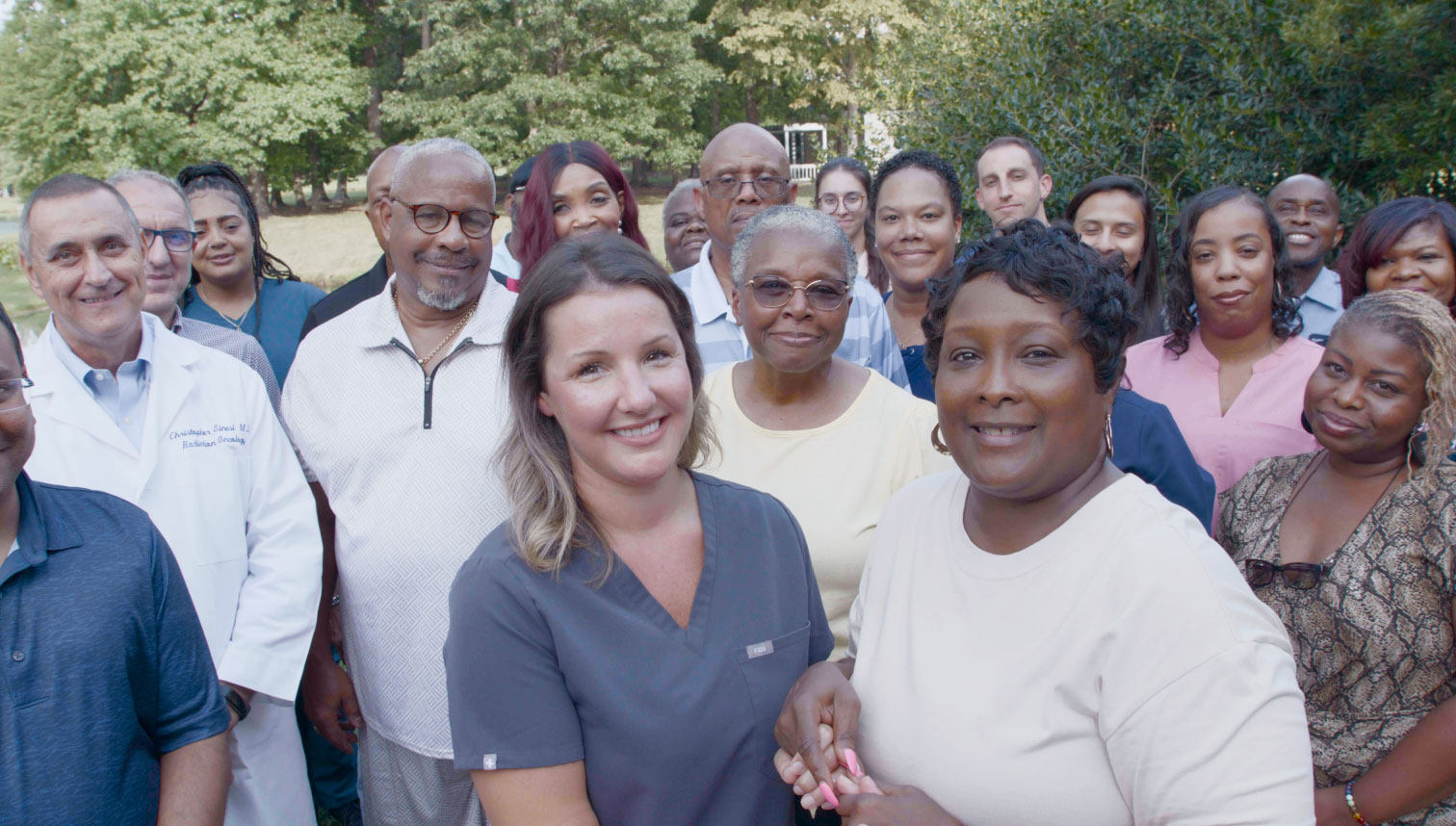Why upright?
Old ways won’t open new doors
Leo Cancer Care aspires to challenge the norms in radiation therapy to deliver an improved patient experience and care. Our innovative products are based on data and studies that indicate the ever-growing potential benefits of upright patient positioning. We believe shifting from machine rotation to patient rotation in the upright position will change the way we think about radiation therapy for good.
Book a why upright presentation
Science fueling aspirations
Research into upright radiotherapy and how body position affects our internal anatomy is gaining momentum. The research available suggests that remaining upright for treatment could result in less motion, these papers were what inspired us to develop our solutions.
Economic Benefits
Rotating the lighter object is logical— if you need to change a lightbulb, you wouldn’t hold the lightbulb and rotate the house. Similarly, in radiation therapy, rotating a 100lb patient, instead of a 20 to the 100-ton gantry, we believe will simplify the process and improve efficiency.
Patient Experience
Our mission has always been and will continue to be, to offer a more human approach to radiotherapy treatment, starting with how patients feel during their care. Even the smallest moments of feeling in control matter.
Highest Potential Indications for Upright
The science that supports our mission

Click the hotspots to find out more
Head & Neck
3% of cancer cases
A study by Alghadir et al found that difficulty swallowing was 6 times greater when a patient is lying down with their neck extended compared to upright. Suggesting that being treated in an upright position could help patients better manage thick oral secretions and potentially reduce the risk of aspiration and patient anxiety.
Lung
22% of cancer cases
A study by a team at MD Anderson indicated that in the upright orientation, lung volume was on average 25% larger but in some cases up to 50% larger. This increased lung volume also reported a reduction in breathing motion, potentially allowing clinicians to challenge current treatment margins for thoracic tumours.
Breast
22% of cancer cases
Increased upright lung volumes suggest that improved cardiac and lung sparing could be achievable for breast radiotherapy. A recent study concluded that, upright body positioning for breast radiotherapy appears to be comfortable and feasible.
Liver
9% of cancer cases
A research paper by the Paul Scherrer Institute identified that when a patient lies down the liver can drift and deform in position up to 20mm over 35 minutes. This could affect tumour location during treatment when patients are in the supine position.
Prostate
13% of cancer cases
Recent data indicated that when upright, the prostate may move less. The paper reported that the position is unaffected by changes in bladder fill, the space between sacrum and anterior bladder wall is also significantly smaller.
Motion & Setup Reproductability Upright
When keeping still helps us to move forward
Research carried out at Centre Léon Bérard using the patient positioning system developed by Leo Cancer Care has produced promising results.
The research evaluated patient positioning and immobilization based on optical images, set-up time and patient comfort.
The first study suggested that motion was less than 1mm within a 20 minute time-frame for the pelvic region and that the inter-fraction repositioning was on average below 1mm for the pelvic region.
Initial set-up time 5 minutes for two radiation therapists and 2.9 minutes for subsequent repositionings.











